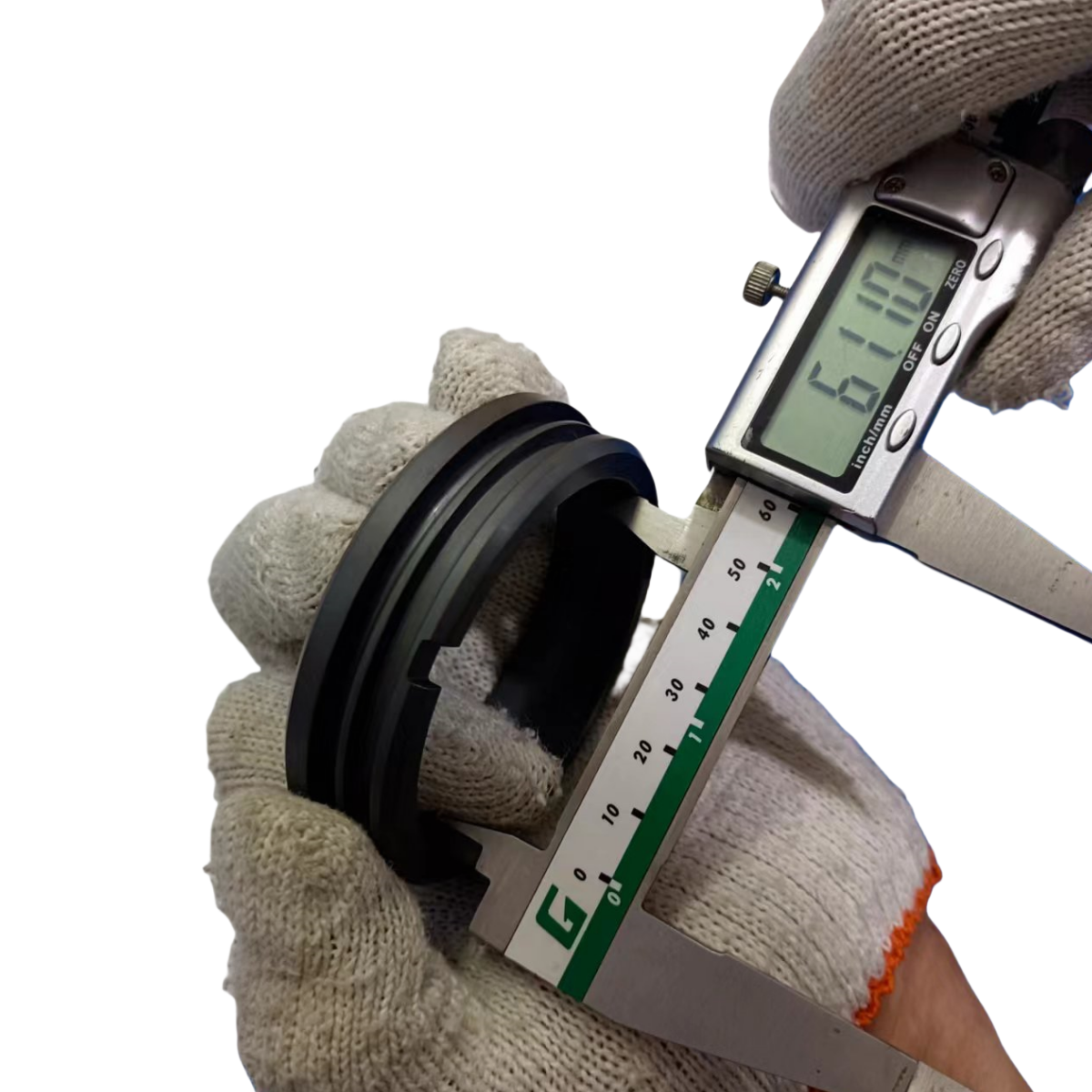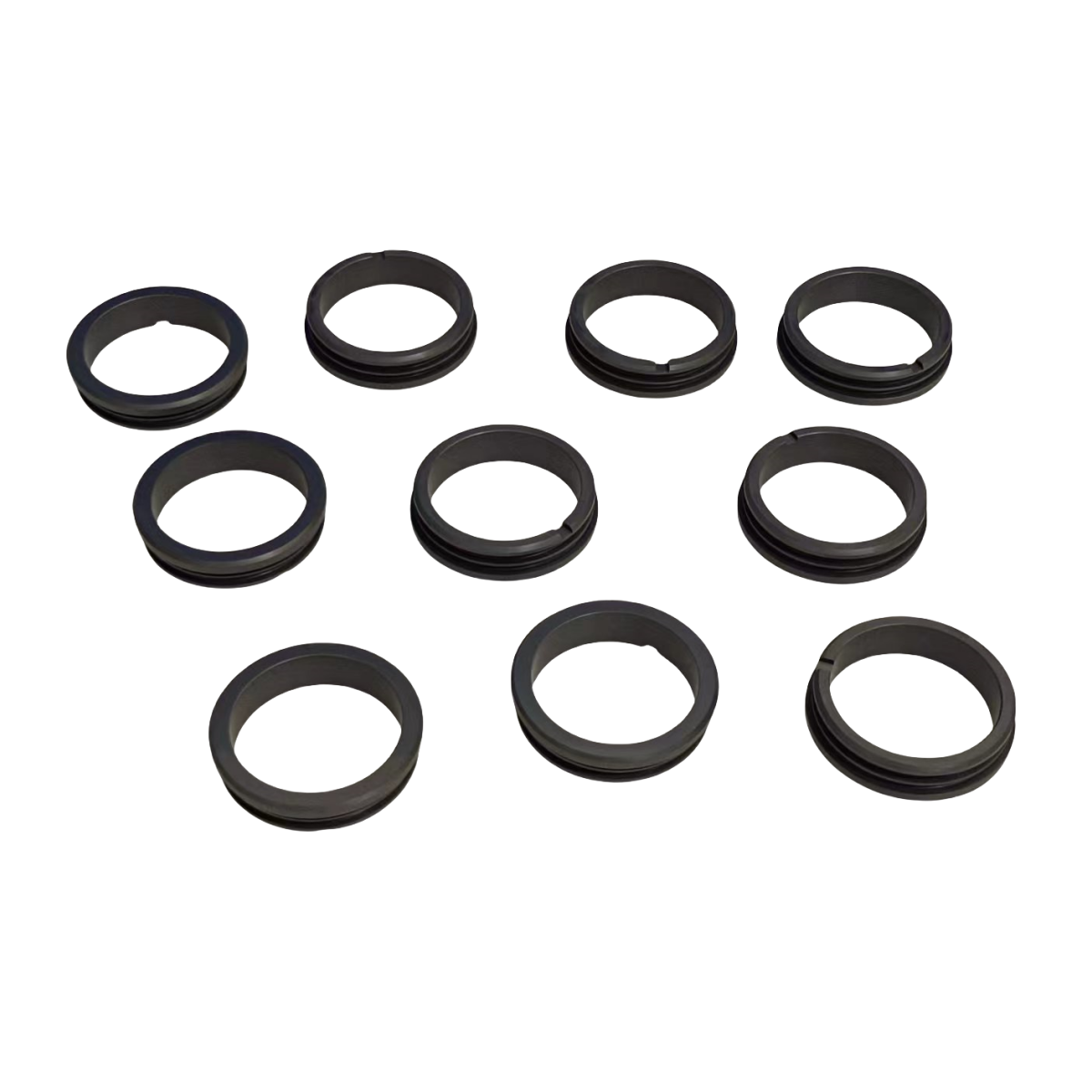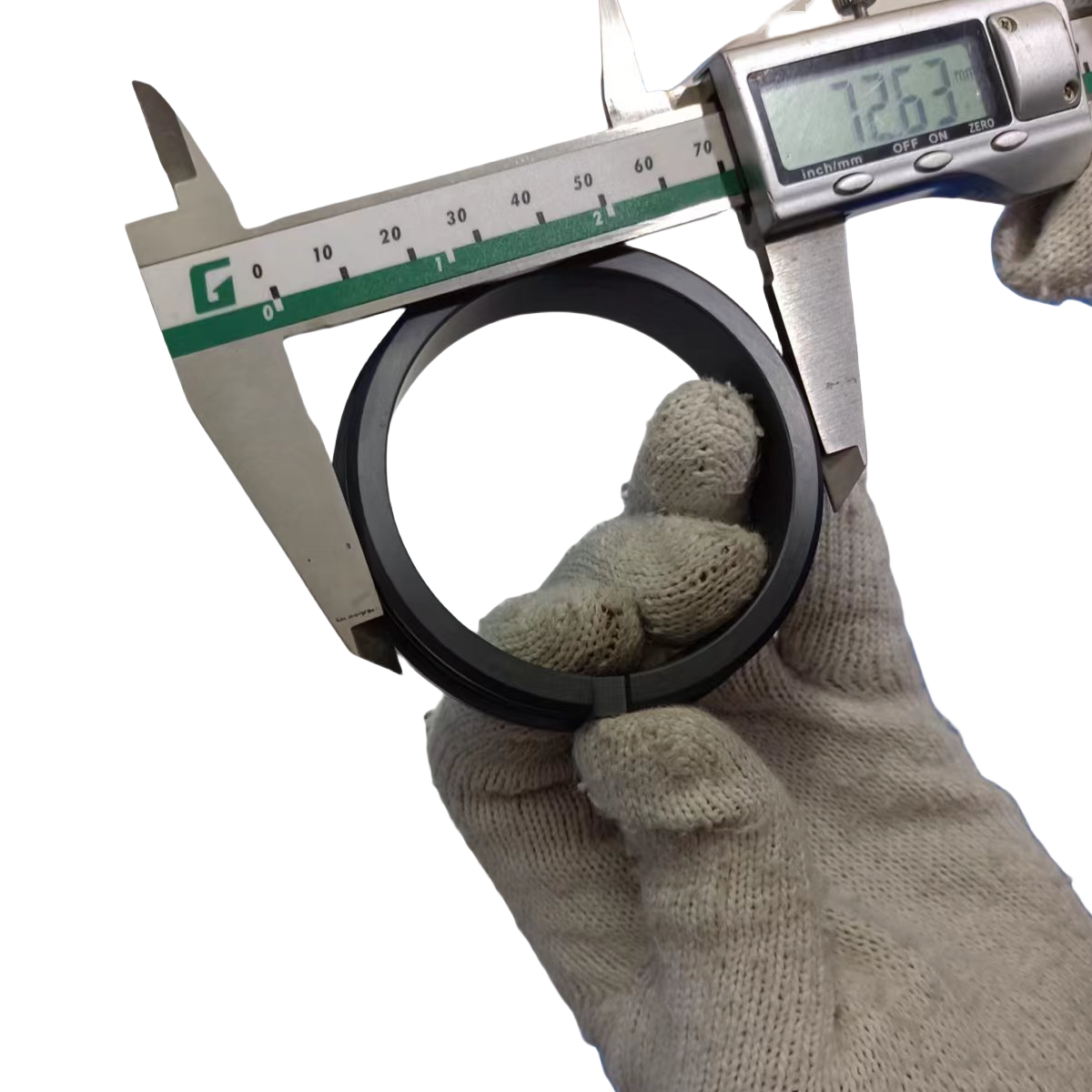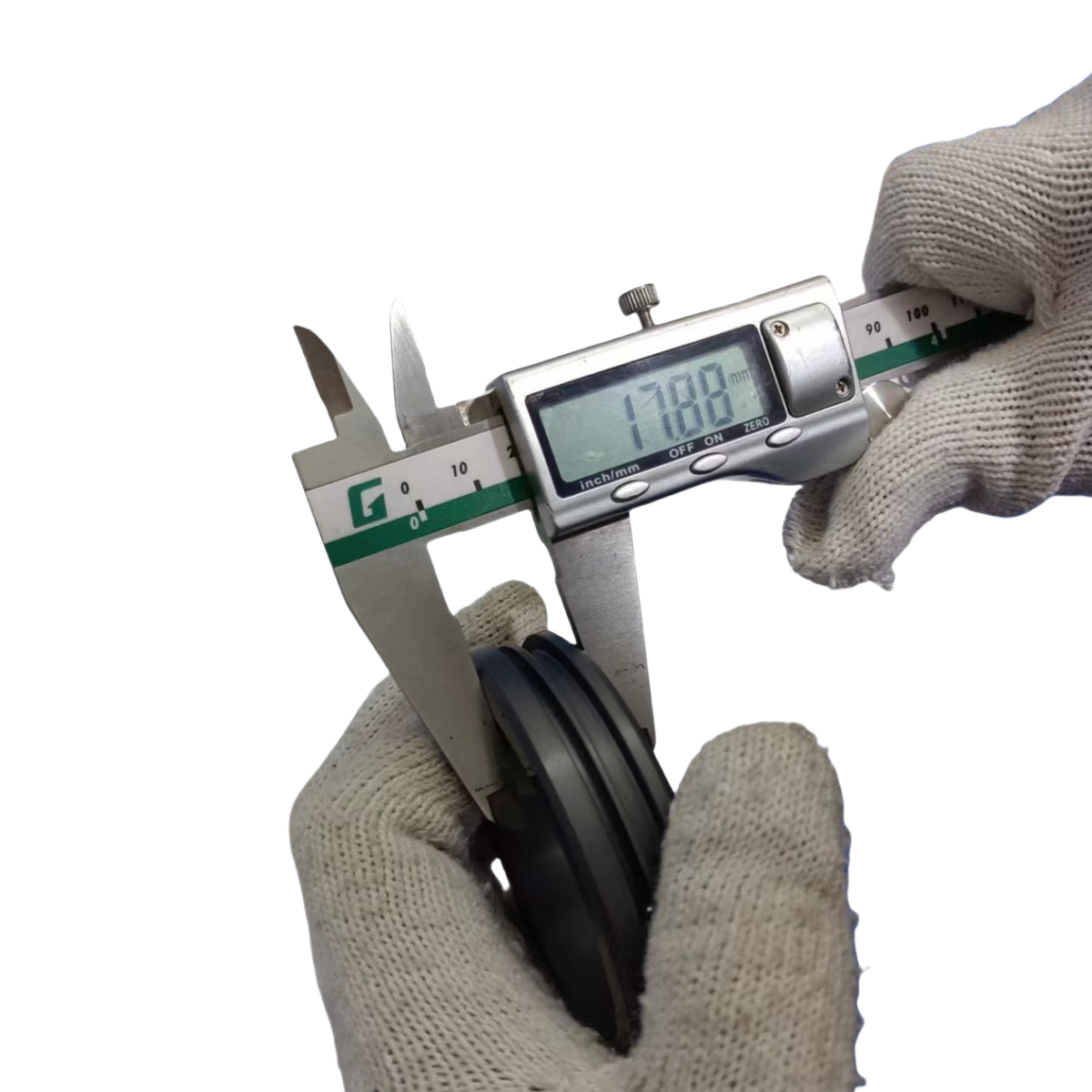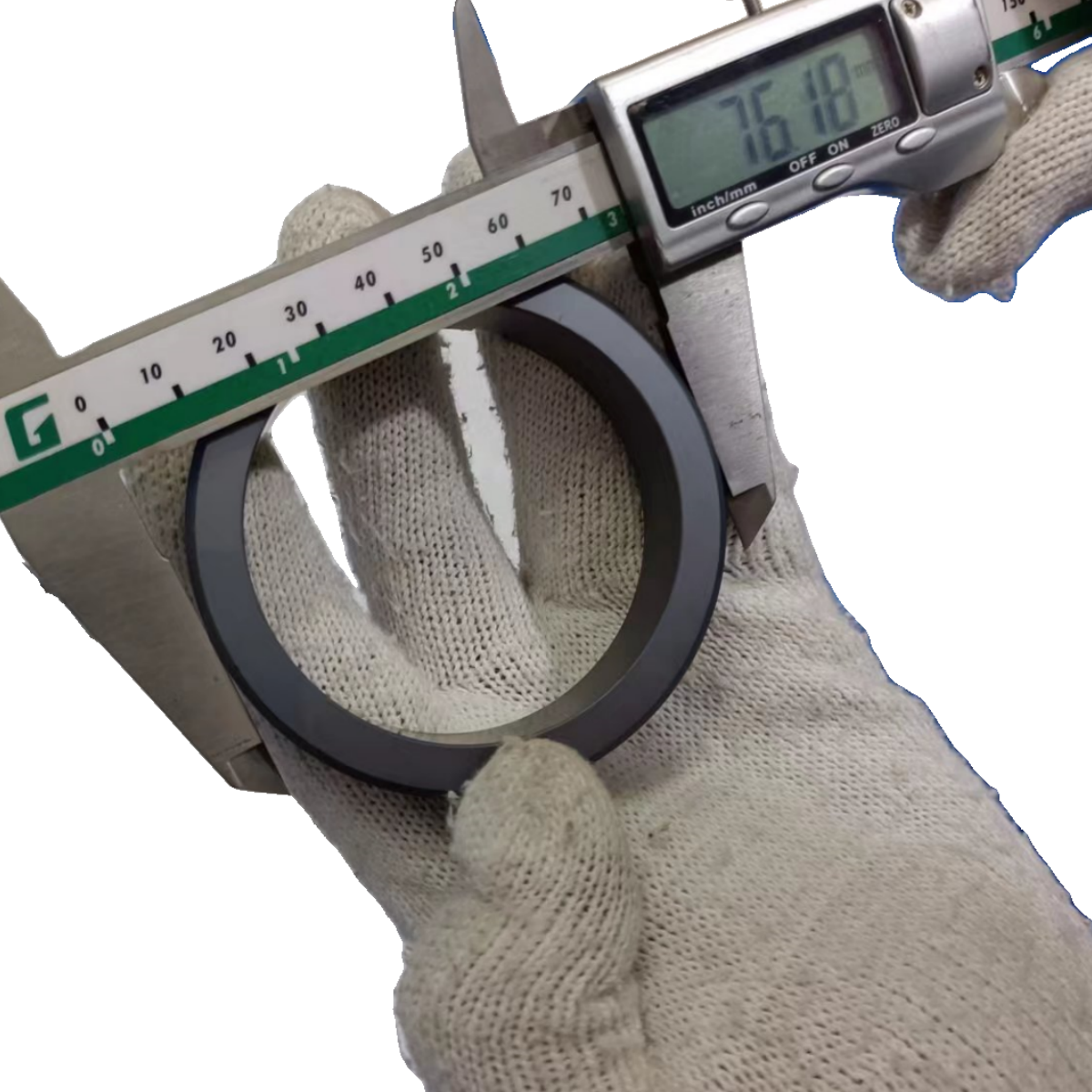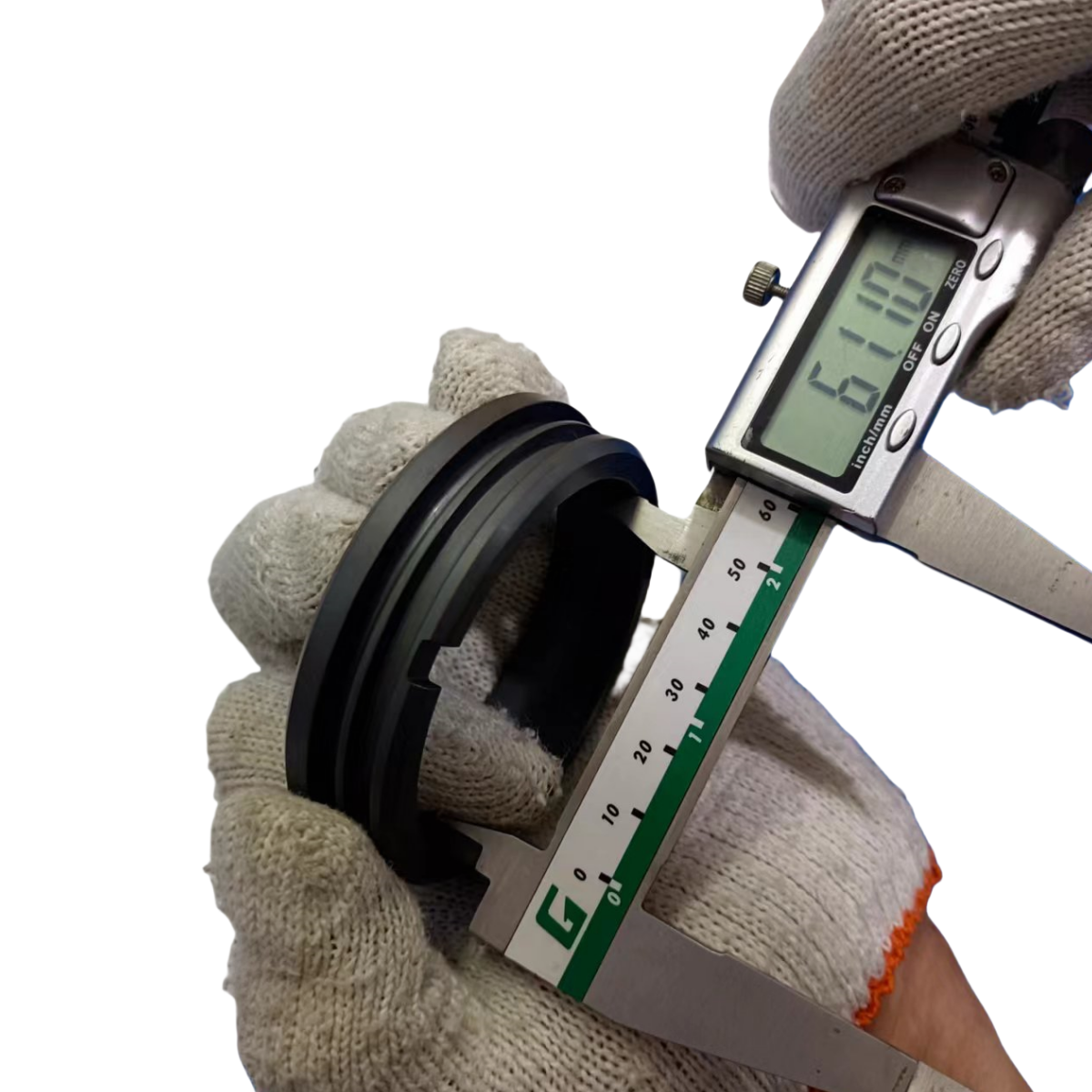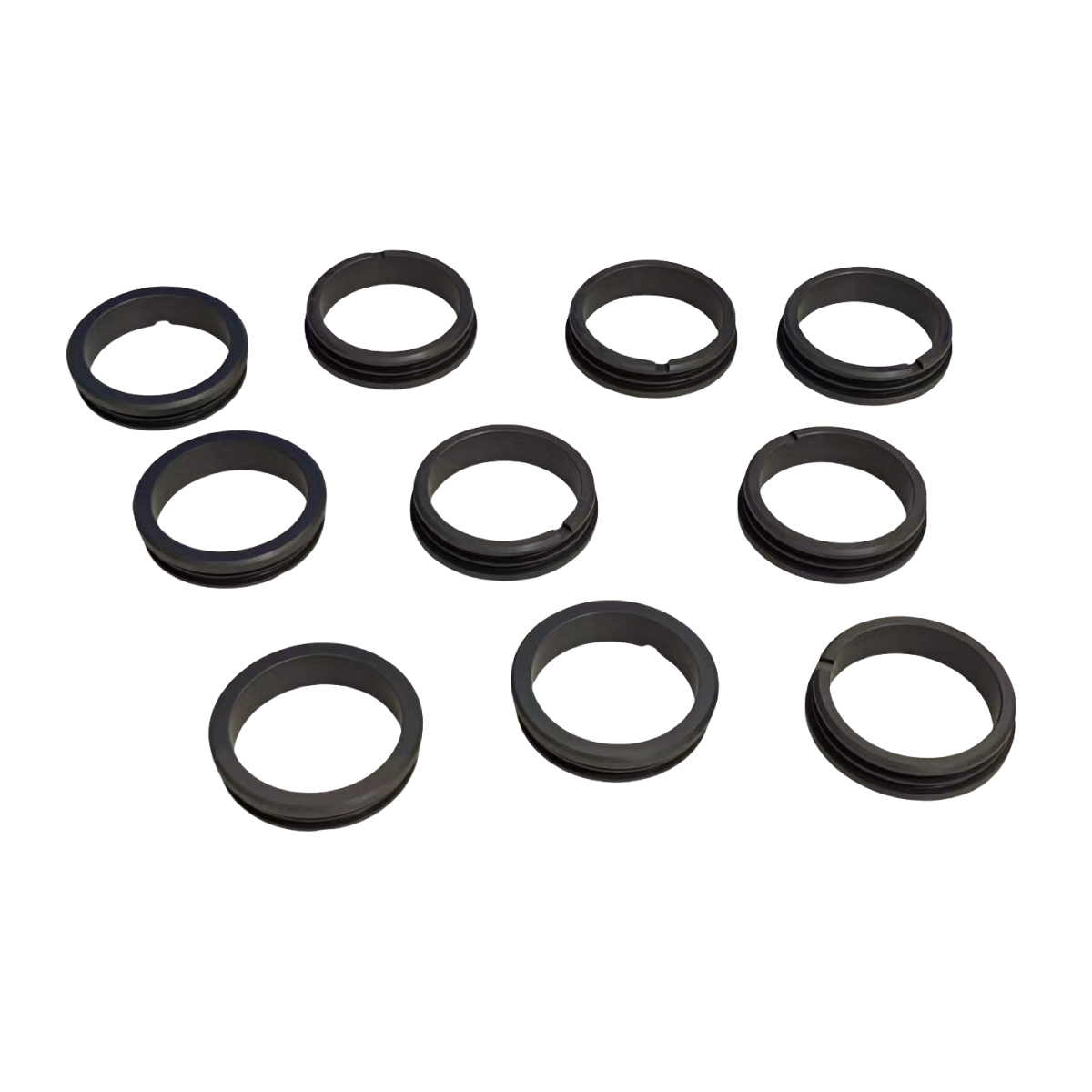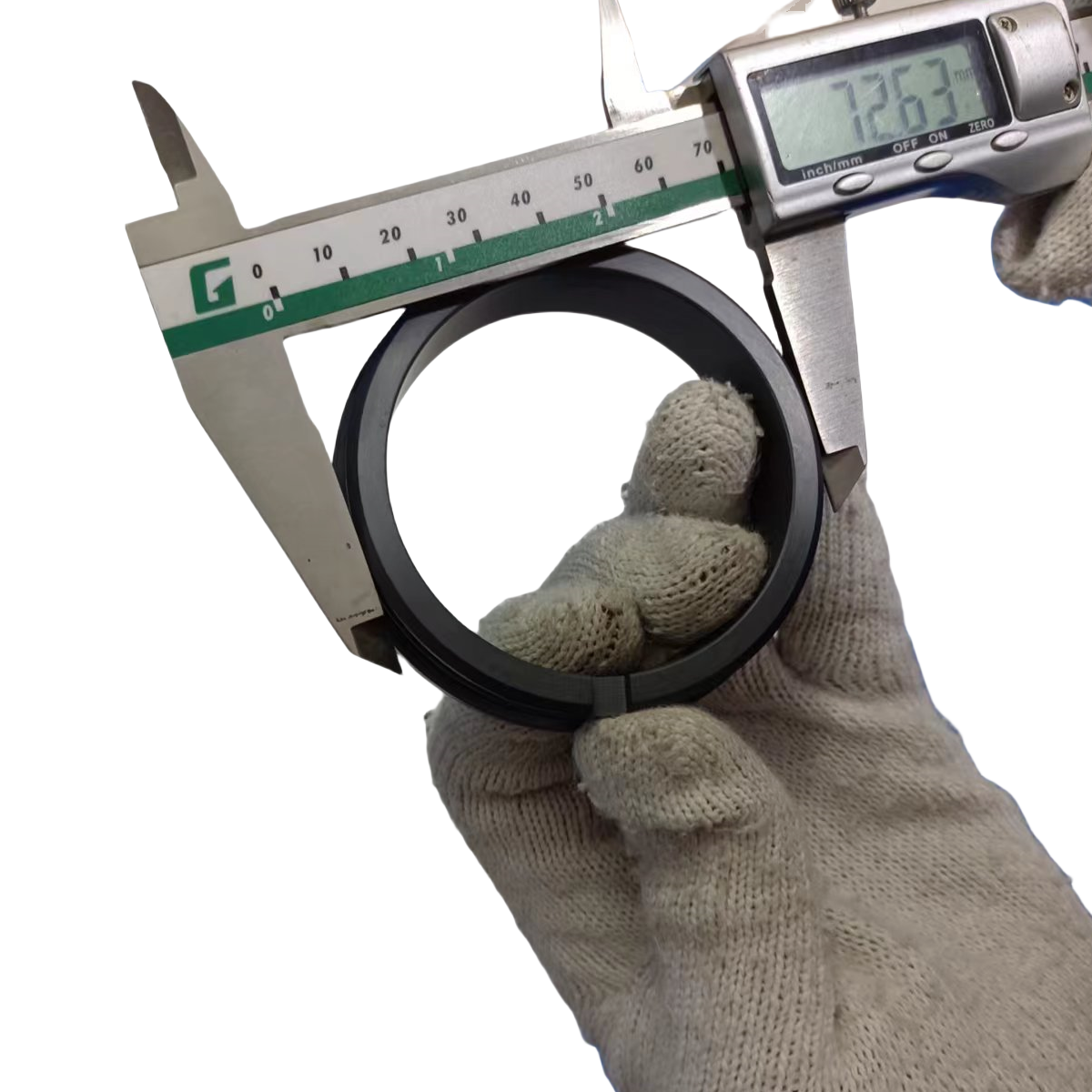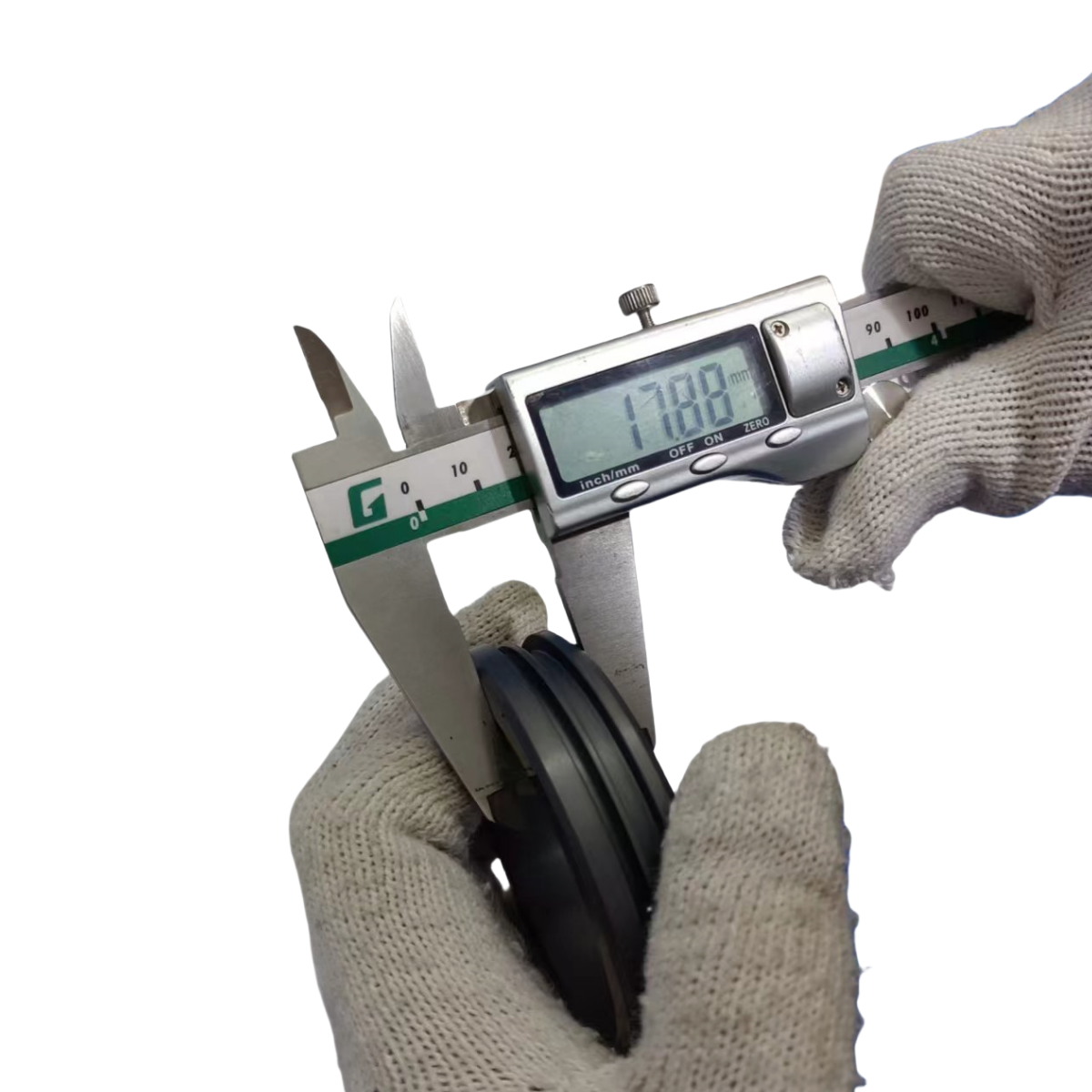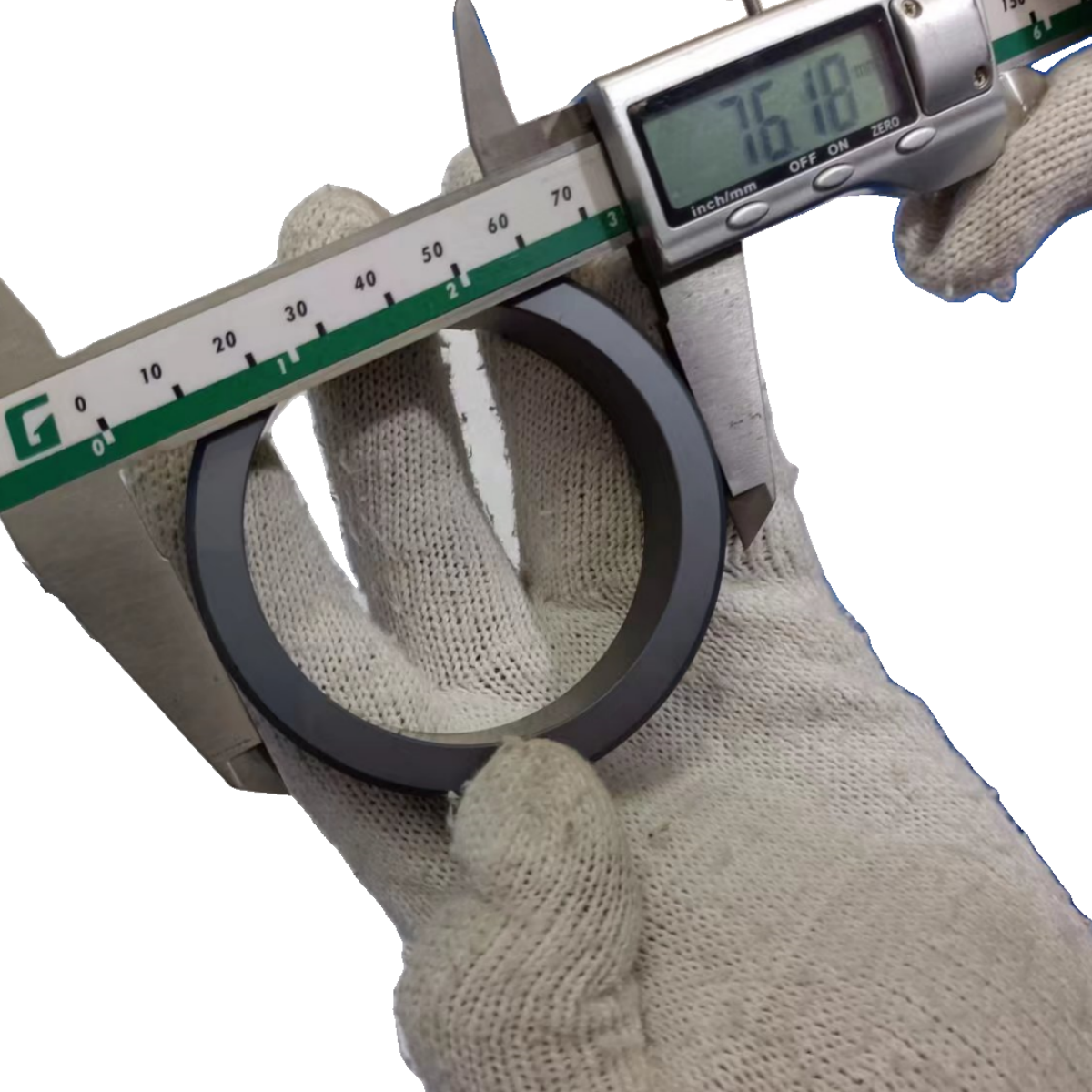Beta Prime Industry
Pump Sealing Ring
Pump Sealing Ring
7*24 Online!
sale@betaprimeindustry.com
WA:+86189 8077 6200
TT, Paypal, LC Payment Acceptable.
Contact us to get discounts.
Couldn't load pickup availability
The pump sealing ring serves as an internal fluid circulation device within mechanical seal systems. It is fixed to the rotating part of the mechanical seal and rotates together with the rotating ring.
Its function is to drive the buffer liquid (barrier liquid or self-flushing fluid from the pump chamber) out of the seal chamber, through the cooler tank, and back into the pipeline to meet the requirements of seal liquid circulation and flushing. Compared to the seal itself, the cost is very low. Besides consuming a minimal amount of shaft power, it does not involve other issues. It is economical, practical, and has been widely used in mechanical seals.
Classification of Pump Sealing Rings: Centrifugal and Helical.
Centrifugal pump sealing rings come in styles such as open groove, perforated (inclined hole), and semicircular groove. The inclined hole design is intended to increase seal liquid flow and reduce fluid resistance, with specific directional requirements for shaft rotation.
Helical types include inner and outer helical matched and outer helical only styles, with the latter being more commonly used. Helical pump rings have threading directional requirements that need attention.
Different structures of pump sealing rings are selected based on the space within the seal chamber. When the radial space of the seal chamber is large and the axial space is small, a centrifugal pump ring is used. When the axial space of the seal chamber is large and the radial space is small, a helical pump ring is used. If the seal chamber has sufficient space, either type can be selected.
Pump sealing rings are commonly made from the same materials as the seal structural components. When there is a small gap between the pump ring and stationary parts, materials with better wear resistance are chosen, with consideration given to the corrosion resistance of the material.
Centrifugal pump sealing rings are made by machining liquid grooves (or holes) on one side of a metal ring. The centrifugal force generated by the high-speed rotation of the pump ring expels the seal liquid from the liquid grooves (or holes), forming a certain pressure on the outer side of the pump ring, directing the seal liquid outward. Simultaneously, the seal liquid on the inner side of the pump ring continuously replenishes the liquid grooves (or holes), creating a continuous pumping effect, similar to the working conditions of a centrifugal pump.
